- Headaches Overview
- Migraine
- Cluster & Tension Headaches
- Other Types of Headaches
- Appointment Prep
- View Full Guide
Accomodations for Migraine at Work



Getting Help for Migraines at Work
In the United States, laws ensure that everyone has an equal opportunity to work – including people with disabilities. Migraine can count as a disability if your symptoms make it hard to do regular activities, like sleep, concentrate, or work.
Under the Americans with Disabilities Act (ADA), companies with more than 15 employees have to give workers with disabilities certain help to do their jobs, called reasonable accommodations.

What Are 'Reasonable Accommodations'?
You can ask your employer for adjustments to your working conditions or schedule that remove barriers to doing your job. With migraine, barriers could be things that trigger your headaches or rules that don't allow you to get the care you need.
But an accommodation isn't "reasonable" if it's too expensive to carry out, too disruptive to the business, or changes the whole nature of your job.
Here are some possible solutions to consider:

Accommodations to Limit Visual Triggers
Light sensitivity is a common migraine symptom. If bright or flickering artificial light triggers a headache for you or makes it worse, you could ask the company to:
- Change the lighting or put filters over fluorescent fixtures.
- Move your workstation near a window with natural light.
- Give you a private workspace where you can turn off the overhead lights and use a desk lamp.
- Let you work from home.
- Allow you to wear sunglasses or a hat.
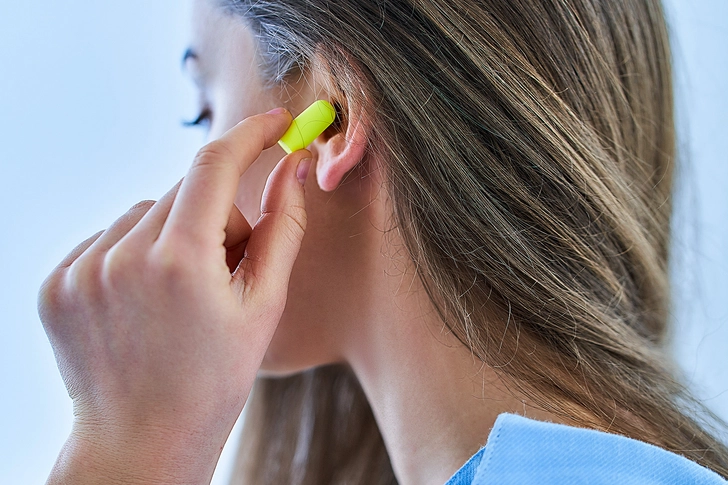
Accommodations to Limit Aural Triggers
Loud or repetitive noises can trigger a migraine or become unbearable when you have a headache. To make it possible to do your job, your boss could:
- Install sound-absorbing panels on the walls or ceiling, or switch to quieter flooring like carpet.
- Turn down the volume on office announcements or music.
- Move your workstation to a quieter spot.
- Let you work from home.
- Allow you to wear earplugs or use a sound machine at your desk.
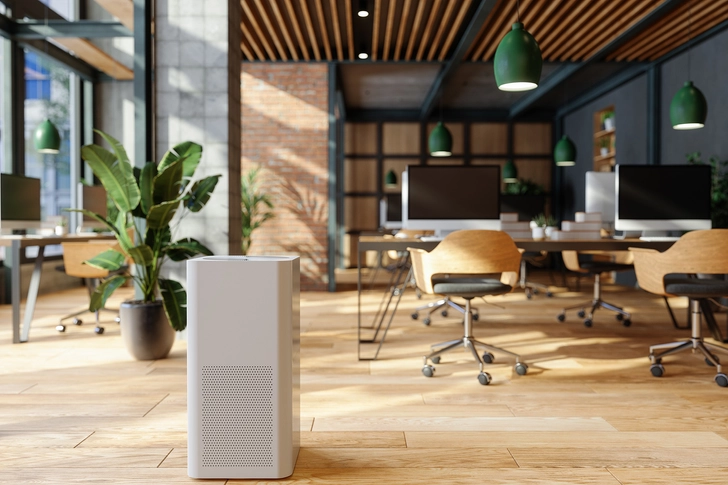
Accommodations to Limit Scent Triggers
Do strong smells kick off a headache for you? See if your company can:
- Install an air purification system in the office.
- Get rid of scented soap, cleaning products, and air fresheners.
- Ask employees not to use fragrance and limit food to the break room.
- Move your workspace to a private area, or away from sources of smells.
- Let you work from home.
- Allow you to use a fan or air purifier at your desk.
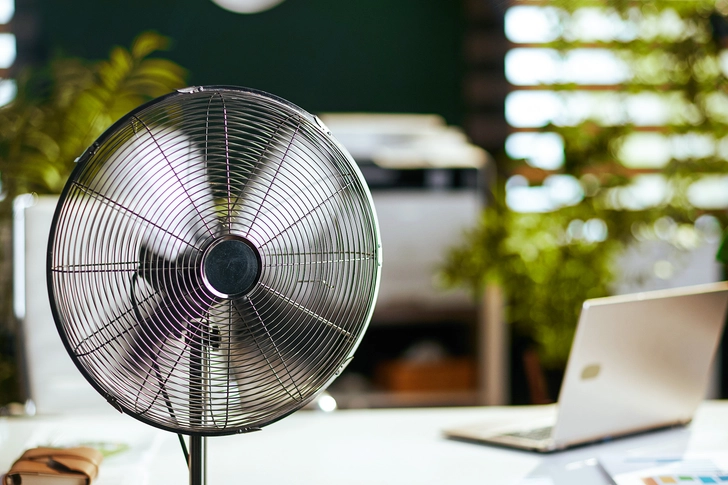
Accommodations to Limit Other Triggers
For different migraine triggers, you can ask for different accommodations. For example:
Stress
- A flexible schedule
- Fewer nonessential job duties
- Changes in how your manager works with you
Temperature changes
- A workspace away from vents
- Use of a personal fan or heater
Lack of sleep
- A regular work schedule
- No required after-hours work or socializing
Dehydration or low blood sugar
- Breaks for water and food as you need them

Accommodations for Scheduling Around Symptoms
Depending on what type of work you do, it may be reasonable to ask for changes to the typical job schedule. For example:
- Flexible in and out times on days when you're managing headache pain
- A flexible workweek so you can avoid taking sick days
- Changes to the standard break schedule when you need to take medication or rest
- Being able to work from home while you cope with an attack

Time Off Accommodations
You may need to ask for time off – paid if you have it, unpaid if not – to manage your migraine symptoms. Both the ADA and the Family and Medical Leave Act (FMLA) cover rules about unpaid leave.
With the ADA, your employer doesn't always have to pay your insurance benefits or hold your job for you while you’re on leave.
The FMLA lets you keep your group health insurance and gives you more job protection, but it applies to fewer companies.
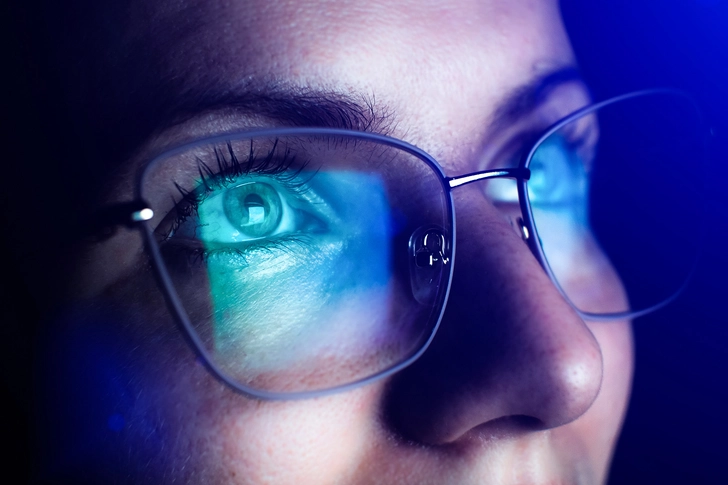
Accommodations for Workplace Tools
You can ask your company to provide you with tools to help you manage migraine at work. Some simple ideas that can make a big difference:
- Special computer monitor
- Anti-glare glasses or screen filter
- Noise-canceling headset
- Air purifier
- Specially designed chair or workstation
- Anti-fatigue standing mat
If the company decides that an accommodation tool is too expensive, they can ask you to share the cost.
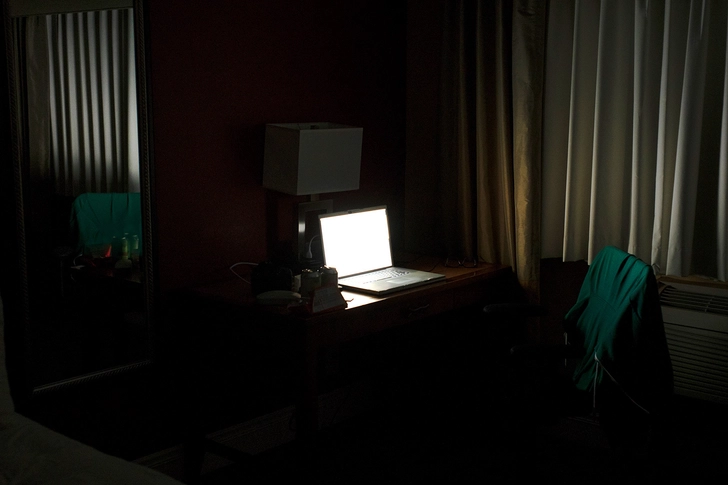
Emergency Accommodations
You can't predict when you'll have a migraine attack, so it's important to have ways to manage your symptoms quickly at work. You can ask for a place to go when you get a headache that's dark, quiet, and private.
Also helpful: policy changes that allow for breaks when you need one, rather than on a set schedule. You can also ask to have a plan put in place to cover you if you have to leave work suddenly.

Making Your Case for Accommodations
When you approach your boss or human resources rep about migraine accommodations, be prepared to show – with medical records or a doctor's note – that your condition is a disability, and to spell out what needs to change about your work situation. It helps to keep track of how often you have headaches, what triggers them, and how they affect your ability to do your job: how often you miss work or what specific tasks you can't do.

Improving Your Quality of Life at Work
When you make your case for accommodations, it may help to pitch it as a win-win for you and your company. Getting accommodations for migraine helps keep you healthy and makes it easier to focus at work. It also makes you feel like you're valued as an employee, all of which can boost your productivity. Considering the low cost of many accommodations, it makes sense for your company to work with you.

Managing Obstacles
Your company has to give you an equal opportunity to work, but it doesn't have to be the exact accommodation you ask for. Expect that you might have to negotiate, and keep an open mind if they offer you something different.
If they say no, ask why. You may be able to give them more information or file an appeal. Failing that, you can make a complaint to the Equal Employment Opportunity Commission or talk to an employment attorney.
Photo Credits:
1) iStock/Getty Images
2) DigitalVision/Getty Images
3) Moment/Getty Images
4) iStock/Getty Images
5) E+/Getty Images
6) iStock/Getty Images
7) iStock/Getty Images
8) iStock/Getty Images
9) iStock/Getty Images
10) Cavan/Getty Images
11) iStock/Getty Images
12) DigitalVision/Getty Images
13) iStock/Getty Images
SOURCES:
U.S. Department of Justice Civil Rights Division: "Introduction to the Americans with Disabilities Act."
National Headache Foundation: "Americans With Disabilities Act (ADA)."
Job Accommodation Network: "Reasonable Accommodation Basics,""Photosensitivity," "Employees with Migraine Headaches,""Noise Sensitivity,""Fragrance Sensitivity,""Stress,""Temperature Sensitivity,""Headache,""Pain,""Your Accommodation Request Was Denied. What Now?"
U.S. Equal Employment Opportunity Commission: "Enforcement Guidance on Reasonable Accommodation and Undue Hardship under the ADA."
American Migraine Foundation: "Top 10 Migraine Triggers and How to Deal with Them,""Migraine at Work."
Association of Migraine Disorders: "Migraine Triggers."
Migraine Trust: "Managing migraine at work,""Migraine attack triggers."
Equip for Equality: "Leave Under the ADA and the FMLA."
Global Patient Advocacy Coalition: "Can Poor Posture Contribute to Headache and Migraine?"
Current Pain and Headache Reports: "Legal Aspects of Migraine in the Workplace."
eNeurologicalSci: "Migraine in the workplace."